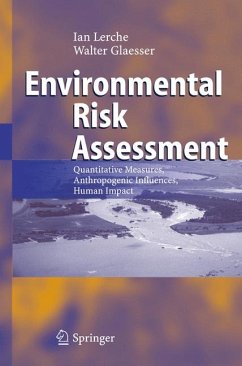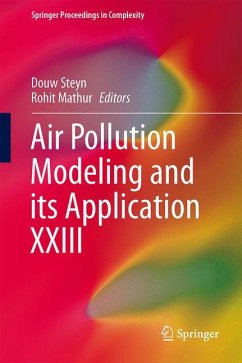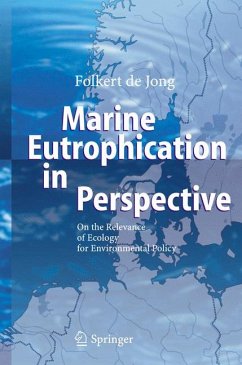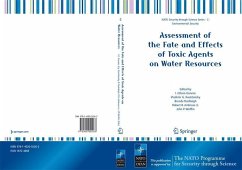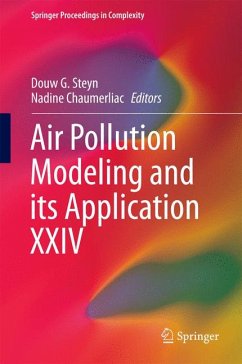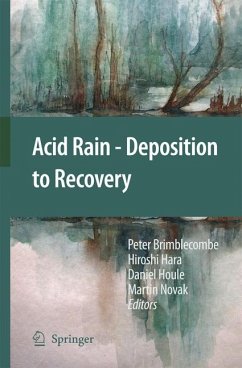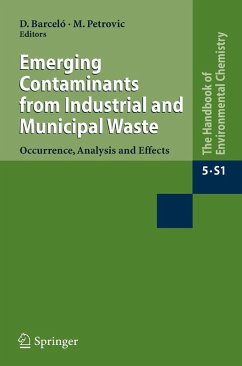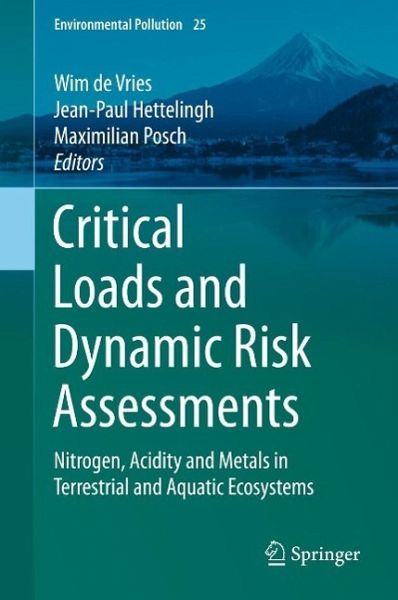
Critical Loads and Dynamic Risk Assessments (eBook, PDF)
Nitrogen, Acidity and Metals in Terrestrial and Aquatic Ecosystems
Redaktion: De Vries, Wim; Posch, Maximilian; Hettelingh, Jean-Paul
Versandkostenfrei!
Sofort per Download lieferbar
112,95 €
inkl. MwSt.
Weitere Ausgaben:

PAYBACK Punkte
56 °P sammeln!
This book provides a unique overview of research methods over the past 25 years assessing critical loads and temporal effects of the deposition of air pollutants. It includes critical load methods and applications addressing acidification, eutrophication and heavy metal pollution of terrestrial and aquatic ecosystems. Applications include examples for each air pollution threat, both at local and regional scale, including Europe, Asia, Canada and the US. The book starts with background information on the effects of the deposition of sulphur, nitrogen and heavy metals and geochemical and biologi...
This book provides a unique overview of research methods over the past 25 years assessing critical loads and temporal effects of the deposition of air pollutants. It includes critical load methods and applications addressing acidification, eutrophication and heavy metal pollution of terrestrial and aquatic ecosystems. Applications include examples for each air pollution threat, both at local and regional scale, including Europe, Asia, Canada and the US. The book starts with background information on the effects of the deposition of sulphur, nitrogen and heavy metals and geochemical and biological indicators for risk assessments. The use of those indicators is then illustrated in the assessment of critical loads and their exceedances and in the temporal assessment of air pollution risks. It also includes the most recent developments of assessing critical loads and current and future risks of soil and water chemistry and biodiversity under climate change, with a special focus on nitrogen. The book thus provides a complete overview of the knowledge that is currently used for the scientific support of policies in the field of air pollution control to protect ecosystem services.
Dieser Download kann aus rechtlichen Gründen nur mit Rechnungsadresse in A, B, BG, CY, CZ, D, DK, EW, E, FIN, F, GR, HR, H, IRL, I, LT, L, LR, M, NL, PL, P, R, S, SLO, SK ausgeliefert werden.





